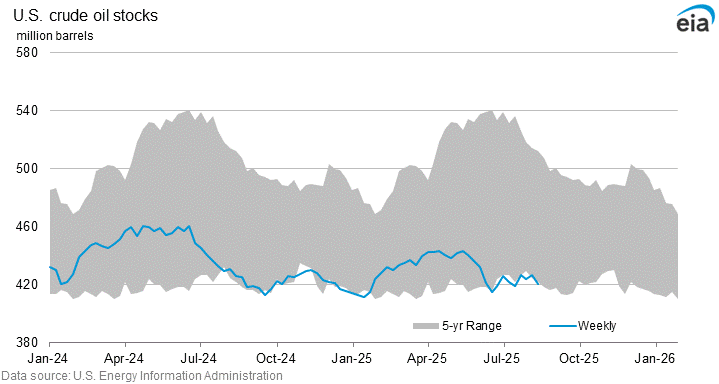The cut in crude oil output, agreed by the OPEC+ a few days ago, does not appear to be doing the trick as far as the price is concerned.
On the contrary, the price, at best has been static and at worst, falling for two consecutive days since the announcement was made a few days earlier, as the hullabaloo gradually died down.
The US, however, may still release its crude stocks from the SPR, strategic petroleum reserve, in order to bring down the price of oil in the international markets to a desired level. Perhaps the allies of the US may follow suit, not to leave the leader of the Free World in an uncomfortable lurch, especially when the crucial midterm elections are just a few weeks away.
The dwindling SPRs, however, are creating problems in another dimension for the countries involved, because it is meant to be for an emergency. The current oil crisis did not stem from an emergency; it is more to do with feeble policy decisions than demand/supply issue, no matter how much OPEC+ tries to portray it that way.
On the other hand, if the war in Ukraine gets a nasty turn for the worse involving much-dreaded nuclear weapons, then a real emergency could potentially arise and the West cannot afford to have depleted source of SPRs at their disposal.
The OPEC+, meanwhile, could not feel collectively elated either, because its intended goal at present is not on the horizon: on the contrary, there was more bad news for the organization on Wednesday, when the EIA, US Energy Information Administration, announced a substantial crude build of 9.9 million barrels for the week ending October 7.
OPEC+ may justify the production cut on the grounds that there is plenty of oil in the markets; the political fallout, especially with the US, however, may have left the decision makers of the group reeling from the fears of potential retaliation by the world's only Superpower, the US.
In short, the OPEC+ did not seem to achieve anything other than antagonizing an important ally, the US.
The US administration did very little to hide the fury over the decision by the OPEC+ to cut the output at their monthly meeting in Vienna, Austria and Saudi Arabia has become the metaphorical lighting rod in absorbing the wrath of its most important Western ally.
There is growing dissension on both sides of the political divide for some form of 'retaliation' against the Kingdom, especially in the form of security.
The fear of recession, meanwhile, heavily weighs down on the demand and it could only get worse if China goes into another round of lockdowns to deal with Covid-19 flare-ups.
In addition, the price of LNG, liquified natural gas, remains around $6.50 that in turn discourages industrialists from turning to oil as a substitute. It, however, can change overnight, if the temperatures in the norther hemisphere plummet and Europe fails to find alternative sources in the event of such a development.
In this context, OPEC+ needs to strike a balance: if it can maintain the price of crude oil somewhere between $70 to $80 a barrel, based on real market figures rather than over-the-top demand estimates, both the producers and consumers can have a win-win situation.
Taking any step to the contrary is neither desirable nor feasible in the current geo-political circumstances. The production cut, in this context, was not a step in the right direction.








